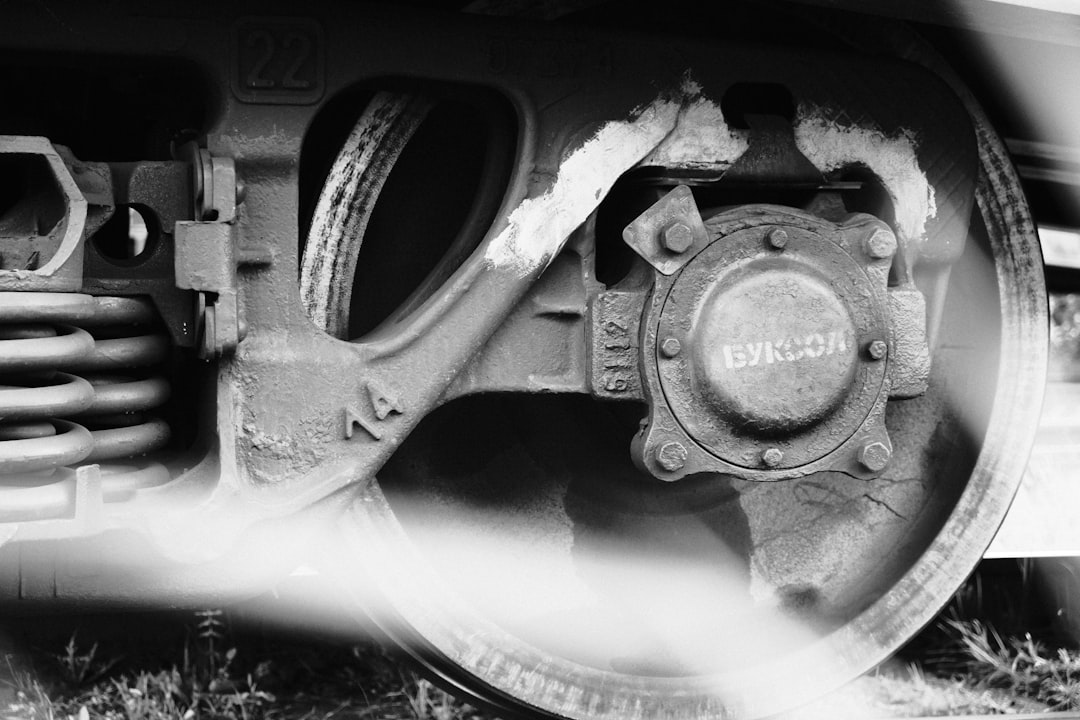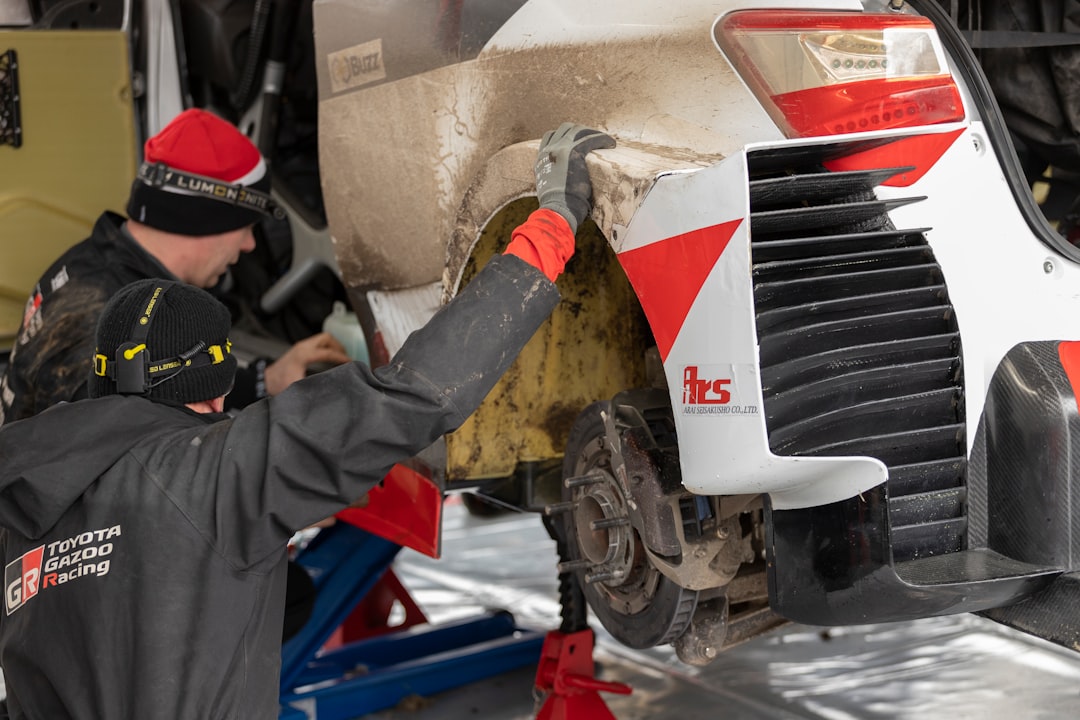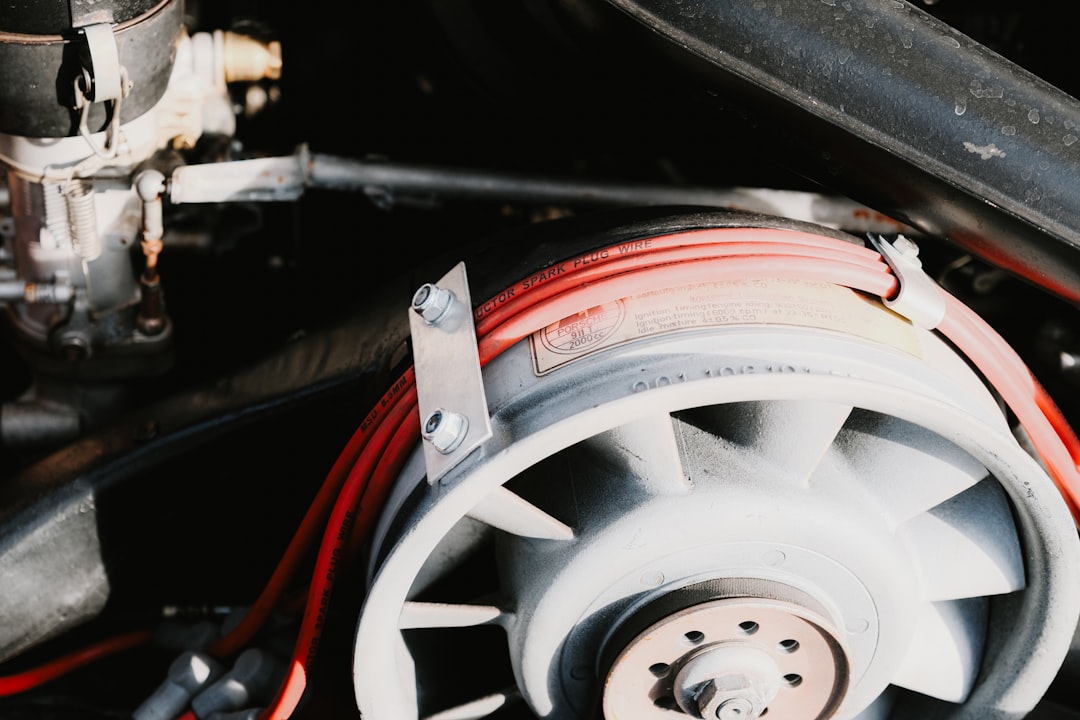

Engage prospects with a scan and streamline customer engagement with FREE QR code marketing tools by Sona – no strings attached!
Create a Free QR CodeFree consultation

No commitment

Engage prospects with a scan and streamline customer engagement with FREE QR code marketing tools by Sona – no strings attached!
Create a Free QR CodeFree consultation

No commitment

QR codes transform the traditional axle repair workflow by converting previously untracked physical interactions such as window browsing or event visits into measurable digital engagement. Many shops struggle when leads go untracked because old paper brochures and manual forms do not reliably generate follow-up opportunities, and intake delays frequently allow competitors to reach prospects first. Implementing QR codes enables providers to reduce those lost leads and ensure that even anonymous traffic can become high-value prospects.
The most powerful shift occurs when you replace analog tasks with digital flows that require only a scan. Instead of handing out paper checklists that get lost, put a QR code on your service counter that opens a guided symptom form. Rather than asking waiting-room customers to call later for an estimate, add a QR code to signage that sends them directly to a pricing estimator. These changes remove slow, manual steps from the journey and reduce the chance that people drop off before you have their contact details. With Sona QR or a similar platform, each scan is trackable, editable, and attributable, so you can refine campaigns based on what actually drives appointments and revenue.
With modern, cloud-based QR tools, every scan becomes part of a continuously updated lead pipeline you can measure and optimize. For example, a local shop saw a significant increase in appointment bookings after replacing static flyers with QR code enabled materials that funneled all offline engagement into their CRM for timely follow-up. The goal is not just convenience; it is a measurable and repeatable process for turning in-person interest into booked axle repair work.

A major challenge for axle repair services lies in bridging the visibility gap between walk-in customers or print audiences and their online behavior. Too often, high-intent prospects research repairs, glance at window displays, or pick up a flyer, but their interest remains invisible, leaving businesses unaware of opportunities until it is too late. QR codes act as a connective thread, capturing interest in the moment and offering instant access to cost estimators, appointment scheduling, or service logs. In a competitive automotive field where response time and clarity matter, QR codes reduce friction and elevate your shop’s responsiveness.
QR codes also address attribution. Manufacturers like BPW Hungaria use QR codes on type plates to improve tracking and service. You can finally pinpoint which physical assets contribute to pipeline growth and which placements need optimization. Dynamic QR codes let you update destinations without reprinting assets, so your printed materials stay relevant even as offers change. The result is less waste, better customer experience, and clear proof of ROI.
By using QR codes on assets like appointment cards, billboards, and local ads, providers gain real-time analytics on engagement while reducing friction for customers to act. Because dynamic QR destinations can be updated anytime, your shop can run time-bound offers, maintain accurate wait times, and redirect traffic during peak periods without reprinting.

The diversity of customer touchpoints in axle repair means multiple QR code formats can be deployed to address different needs across the buyer journey. Some formats direct scanners to rich content; others streamline communication. Using the right format ensures customers get what they need quickly and that you collect useful data for follow-up.
While web links and forms are the most common choices for service intake and scheduling, consider Wi-Fi and vCards for on-site experience and networking. App download links can support shops that offer maintenance portals or loyalty apps. With Sona QR, you can generate and manage each type from a single dashboard and change destinations as your offers evolve.
Dynamic QR codes help fine-tune each of these workflows. If your axle differential promo ends, you can retarget the same code to a brake and axle combo offer. If a how-to video underperforms, update the destination to a checklist that converts better. Over time, scan analytics reveal which formats perform best for each customer segment.

Growth often stalls in axle repair services when providers rely on passive, unmeasured approaches such as untargeted mailers or in-store flyers with no digital tracking. QR codes convert those analog touchpoints into measurable entry points, so you can see where demand originates and act before it fades. Placing QR codes where customers already look for answers is the fastest way to capture interest and build a pipeline.
Evaluate every surface and interaction where a prospective customer might want an estimate, guidance, or convenience. Then add a simple benefit-forward call to action: “Scan for a same-day axle inspection,” “Scan for towing instructions,” or “Scan to check repair status.” Match your message to the moment and design for easy scanning at a distance or up close.
Placing QR codes at these high-traffic touchpoints bridges gaps in your marketing. Over time, this approach reveals which neighborhoods respond to seasonal offers, which partners drive the most qualified referrals, and which messages convert best under different conditions.

The pain of missed or delayed lead capture is especially acute in scenarios where customers want instant information and minimal friction. By reducing manual steps, QR codes create actionable inbound moments that feed your CRM with richer data. The following use cases occur frequently in axle repair and can be deployed quickly.
Pair each use case with a clear destination and a benefit-focused call to action. If the code sits on a storefront window, emphasize speed: “Scan for a 60-second estimate.” If it is on packaging, focus on help: “Scan for step-by-step install and torque specs.” Aligning placement, message, and destination is the secret to strong conversion.
Each use case can be enhanced with dynamic parameters. For example, direct mail campaigns can carry unique codes per zip code, while partner placements can carry partner IDs. This granularity sharpens your attribution and helps the team double down on the most productive channels.
For many axle repair businesses, not knowing which anonymous visitors showed interest or which content resonated leaves revenue on the table. Each QR scan is a signal that reveals intent, context, and timing. By deploying multiple QR codes across your materials and tagging them consistently, you can segment your audience automatically and power precise intent-driven retargeting.
Think of scans as behavior-based segments. Someone who scanned a “Check repair status” code is a current customer. Someone who scanned a “Get a 60-second estimate” code from a storefront window is a prospect with active intent. Someone who scanned a “Torque specs and install guide” code is a DIYer who may need help soon. These differences guide your follow-up strategy and offers.
With Sona QR, each code becomes a smart entry point into your funnel. Over time, the data informs your creative, offers, and channel mix, reducing ad waste and increasing conversion among the most valuable segments.
A recurring challenge for axle repair shops is connecting offline promotions with online conversions. QR codes bridge this divide by connecting tangible marketing efforts like print ads, partner displays, or event handouts to digital measurement, scheduling, and retargeting. They give your existing channels a direct line to action and analytics.
When you standardize QR usage across channels, you create a known pattern for customers: scanning leads to value, not busywork. This trains your market to engage and gives you the tracking needed to allocate budget based on performance. Start by adding QR codes to your most common collateral and scale to additional placements as you learn.
QR codes serve as the offline onramp to your digital marketing engine. With a centralized platform like Sona QR, you can manage all codes, monitor performance, and sync scan data with your CRM and ad platforms, turning fragmented touchpoints into a coherent, measurable funnel.
Planning and launching a QR campaign is straightforward when you follow a structured process. The key is clarity: choose a goal, match the code type and destination to that goal, design for visibility and environment, and measure the entire path from scan to revenue. Below is a practical checklist to help your axle repair shop roll out campaigns with confidence.
Start with the business objective you want to impact most. In axle repair, typical goals include boosting estimate requests, increasing scheduled inspections, capturing after-hours leads, or converting DIY interest into paid service. Identify the gap where you are losing momentum, such as untracked flyer readers or delayed appointment scheduling due to phone-only intake.
Choose between static and dynamic QR codes based on your need for flexibility, tracking, and campaign changes. For acquisition and growth campaigns, dynamic codes are recommended because they allow you to edit destinations and gather analytics without reprinting.
Design for scannability and motivation. The visual frame, color contrast, and nearby call to action determine whether people notice the code and understand the payoff. Always test scans in real-world conditions like daylight glare on a window or low light in a waiting room.
Roll out your codes where lead loss or anonymous activity has historically occurred. Start with a few high-impact placements, then expand once your analytics reveal which channels perform best.
Measurement is what separates gimmicks from growth. Track scans and the downstream actions that matter, then iterate quickly. Over time, your data will show what messages, placements, and offers convert best for axle repair audiences.
Sona is an AI-powered marketing platform that turns first-party data into revenue through automated attribution, data activation, and workflow orchestration.
A persistent frustration in axle repair marketing is linking specific touchpoints to real revenue. Without connecting scans to quotes, bookings, and invoices, you cannot prove campaign value or optimize spend. Modern QR analytics move beyond raw scan counts and build a view of the customer journey: who scanned, from where, on what device, at what time, and what happened next. For bridging offline interactions with online outcomes, see offline attribution.
Tracking information at this granularity reveals bottlenecks and accelerators. Maybe window signage drives many scans but few completions because the form is too long for a sidewalk. Perhaps invoices generate high scan-to-review rates but few rebookings, suggesting you should emphasize maintenance reminders instead of testimonial prompts. These insights turn QR from a novelty into a performance channel.
Sona QR captures real-world engagement, while Sona.com turns that engagement into revenue insights. Together they close the loop from physical scan to financial outcome, giving axle repair leaders confidence to scale what works.
Maximizing ROI from QR campaigns in axle repair depends on three factors: clear value to the customer, seamless scanning experience, and automated follow-up. When you deliver something useful immediately, people scan again the next time they see your code. When you pair scans with targeted workflows, you turn casual curiosity into scheduled work.
Think creatively about deployment. A loyalty card for fleet managers with a QR code for rapid scheduling and volume-based pricing can deepen retention. A tow-truck QR sticker that launches “What to do after a breakdown” guidance can capture emergency leads who need help fast. Your objective is to be helpful in the moment and structured in your measurement.
Start creating QR codes for free with Sona QR. Create a few codes for your highest-traffic placements, connect your CRM, and watch how quickly offline interest converts into scheduled axle repair jobs.
For axle repair companies, bridging the gap between in-person customer moments and data-driven marketing has long been a challenge. QR codes, when embedded throughout the service journey on shop materials, packaging, and events, bring formerly anonymous actions into a measurable funnel. By integrating every QR engagement into CRM workflows and attribution, providers can connect initial curiosity to closed appointments and repeat maintenance, leading to higher conversion rates and a smoother customer experience.
Shops that adopt a systematic approach to QR codes gain more than convenience. They gain visibility into buyer intent, a scalable measurement framework, and a repeatable way to turn physical surfaces into digital entry points. With Sona QR, you can capture demand at the source, attribute impact confidently, and iterate fast. Start with one or two high-impact use cases, measure the results, and expand your program as the data points the way.
QR codes have revolutionized axle repair services by transforming traditional, manual processes into seamless, trackable customer interactions. Whether it’s streamlining service access, enhancing communication with clients, or providing instant access to repair histories and instructional content, QR codes enable faster, more efficient service delivery and stronger customer relationships. Imagine your customers effortlessly scanning a code to schedule appointments, access real-time repair updates, or verify service quality—all driving higher satisfaction and repeat business.
With Sona QR, you can create dynamic, trackable QR codes tailored specifically for axle repair workflows. Instantly update your campaigns without reprinting, monitor scan data to identify peak service demands, and connect every interaction directly to increased revenue and customer retention. No more guesswork—just actionable insights that accelerate growth in your axle repair business.
Start for free with Sona QR today and turn every scan into a service opportunity, a happy customer, or a loyal referral.
Signs that you may need axle repair include unusual noises, vibrations when driving, difficulty steering, or visible damage to the axle components.
The article does not specify exact costs, but using QR codes linked to pricing estimators can provide instant cost estimates based on your vehicle and symptoms.
You can find reliable axle repair services by scanning QR codes on shop windows, flyers, or partner locations that direct you to booking portals or service catalogs.
The repair process typically starts with symptom reporting via digital forms, followed by scheduling an appointment through QR-enabled booking systems, diagnosis, and professional repair.
Prevent future axle damage by following maintenance checklists accessed via QR codes on parts packaging or shop materials, scheduling regular inspections, and addressing symptoms early.
Use Sona QR's trackable codes to improve customer acquisition and engagement today.
Create Your FREE Trackable QR Code in SecondsJoin results-focused teams combining Sona Platform automation with advanced Google Ads strategies to scale lead generation

Connect your existing CRM

Free Account Enrichment

No setup fees
No commitment required

Free consultation

Get a custom Google Ads roadmap for your business






Launch campaigns that generate qualified leads in 30 days or less.
